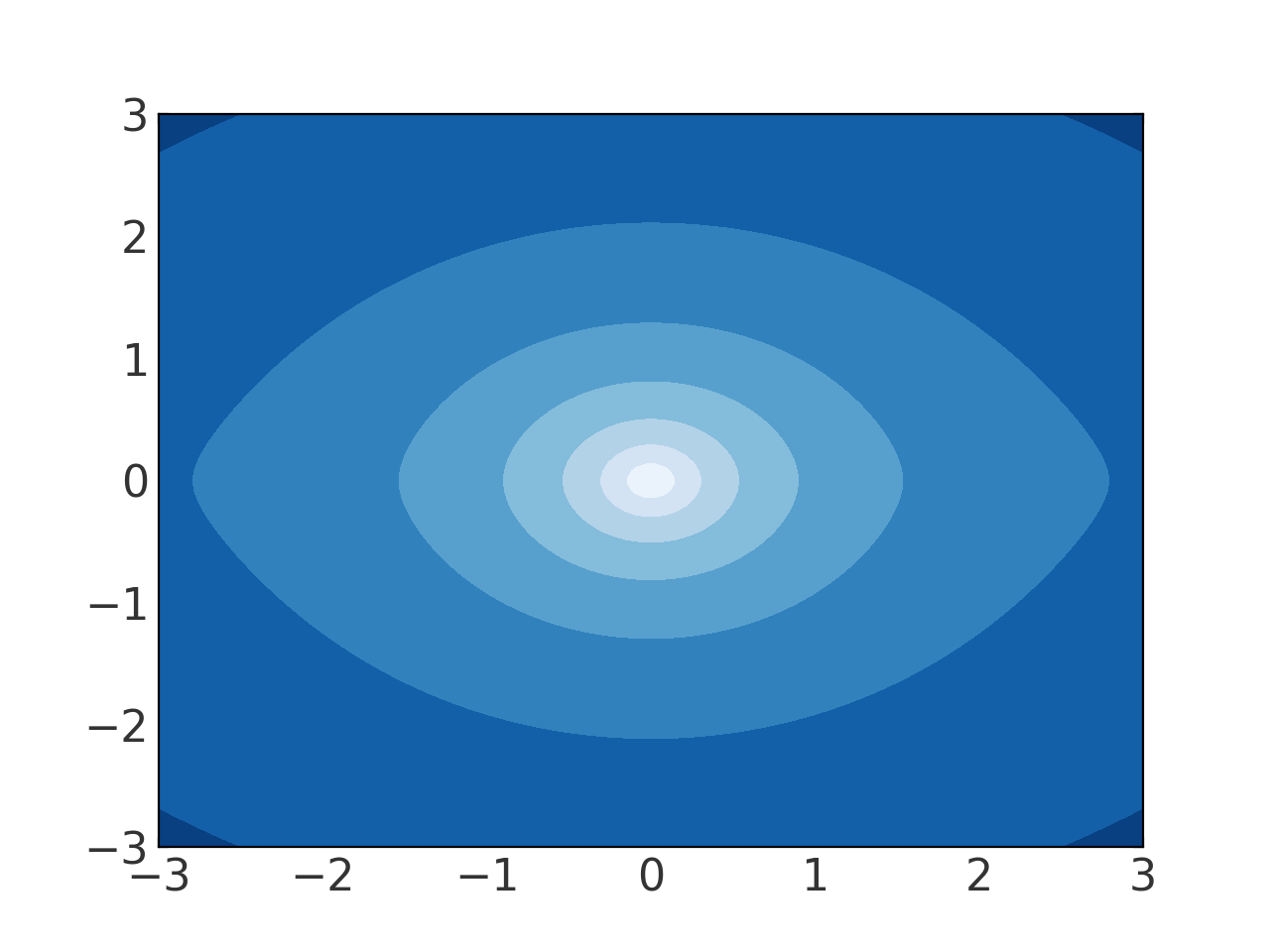Creating a composite (multi-component ) potential#
Potential objects can be combined into more complex composite potentials
using the CompositePotential or
CCompositePotential classes. These classes
operate like a Python dictionary in that each component potential must be named,
and the potentials can either be passed in to the initializer or added after the
composite potential container is already created.
For composing any of the built-in potentials or any external potentials
implemented in C, it is always faster to use
CCompositePotential, where the composition is
done at the C layer rather than in Python.
With either class, interaction with the class (e.g., by calling methods) is identical to the individual potential classes. To compose potentials with unique but arbitrary names, you can also simply add pre-defined potential class instances:
>>> import numpy as np
>>> import gala.potential as gp
>>> from gala.units import galactic
>>> disk = gp.MiyamotoNagaiPotential(m=1E11, a=6.5, b=0.27, units=galactic)
>>> bulge = gp.HernquistPotential(m=3E10, c=0.7, units=galactic)
>>> pot = disk + bulge
>>> print(pot.__class__.__name__)
CCompositePotential
>>> list(pot.keys())
['c655f07d-a1fe-4905-bdb2-e8a202d15c81',
'8098cb0b-ebad-4388-b685-2f93a874296e']
The two components are assigned unique names and composed into a
CCompositePotential instance because the two
component potentials are implemented in C (i.e. are
CompositePotential instead.
Alternatively, the potentials can be composed directly into the object by
treating it like a dictionary. This allows you to specify the keys or names of
the components in the resulting
CCompositePotential instance:
>>> disk = gp.MiyamotoNagaiPotential(m=1E11, a=6.5, b=0.27, units=galactic)
>>> bulge = gp.HernquistPotential(m=3E10, c=0.7, units=galactic)
>>> pot = gp.CCompositePotential(disk=disk, bulge=bulge)
>>> list(pot.keys())
['disk', 'bulge']
is equivalent to:
>>> pot = gp.CCompositePotential()
>>> pot['disk'] = disk
>>> pot['bulge'] = bulge
The order of insertion is preserved, and sets the order that the potentials are called. In the above example, the disk potential would always be called first and the bulge would always be called second.
The resulting potential object has all of the same properties as individual potential objects:
>>> pot.energy([1., -1., 0.])
<Quantity [-0.12887588] kpc2 / Myr2>
>>> pot.acceleration([1., -1., 0.])
<Quantity [[-0.02270876],
[ 0.02270876],
[-0. ]] kpc / Myr2>
>>> grid = np.linspace(-3., 3., 100)
>>> fig = pot.plot_contours(grid=(grid, 0, grid))
(Source code, png, pdf)

